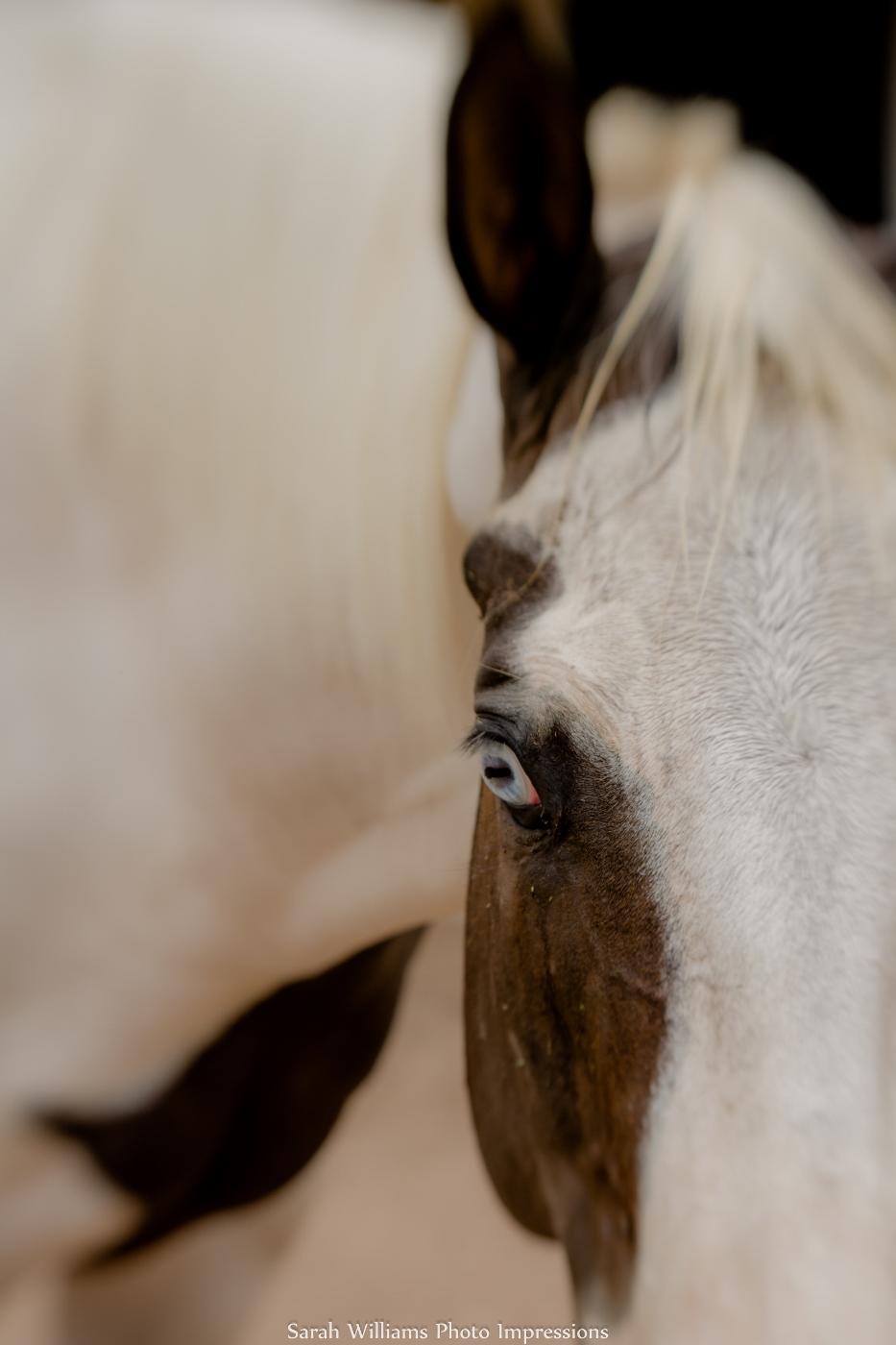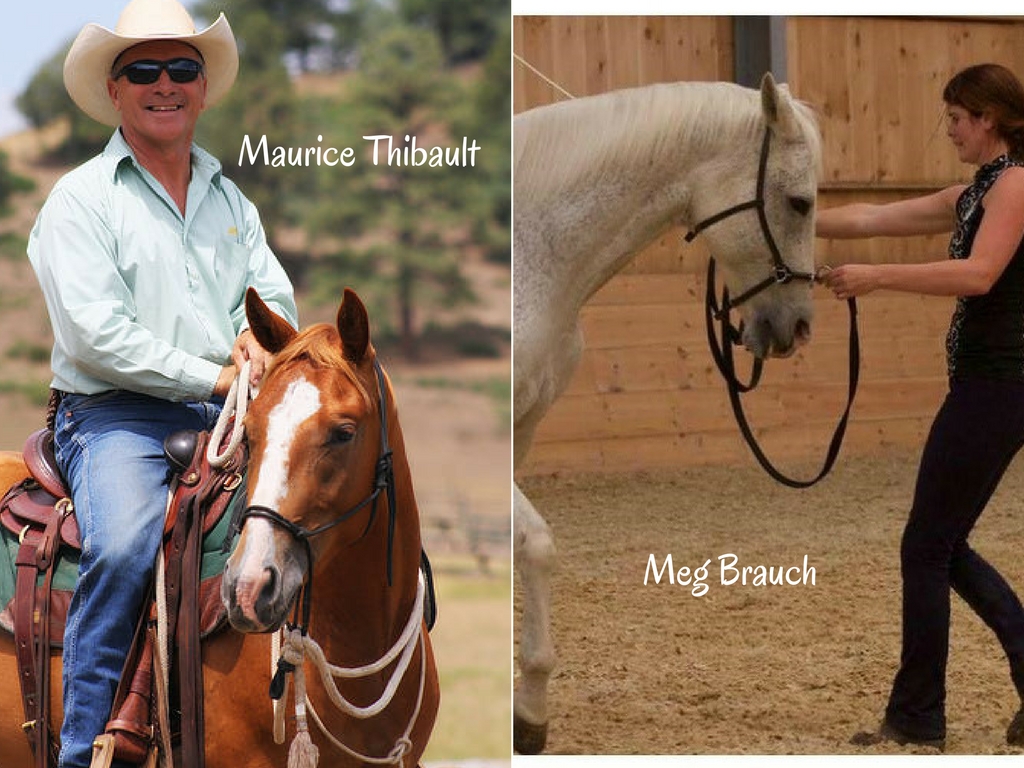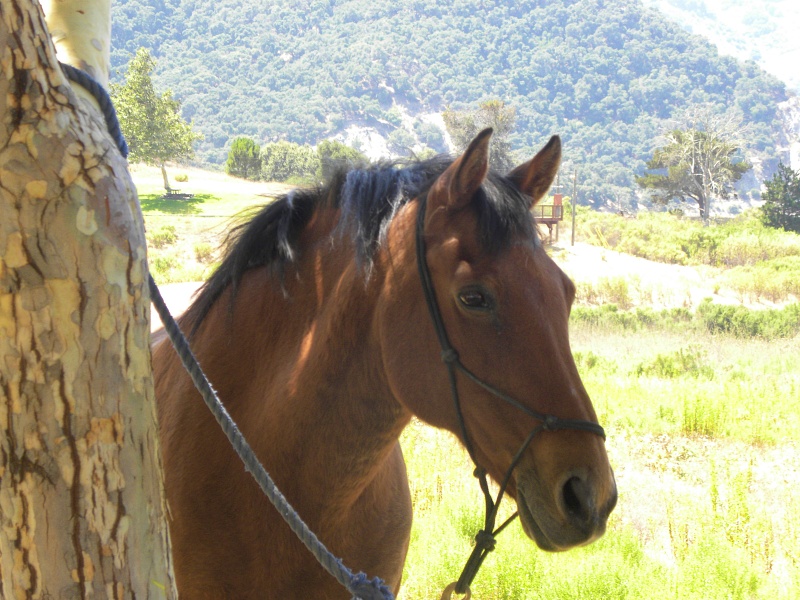Is horse ownership, and our subsequent requests of “performance”, natural or not? What is “fair” when it comes to what we ask of our horses? What is too much? Is horsemanship natural, or not? This has been a harshly debated topic for many years, and will likely continue far into the future.
Training with an “Unnatural Training Method”
Recently, I came across a Facebook thread in which a video of a horse being asked to “step up onto a block” was displayed. The trainer was on the ground and the horse was fitted with a surcingle and side reins; the video showed the trainer giving calm and fairly gentle pressure with a clinician stick (much like what is used by Parelli aficionados) until the horse moved up onto the block without extreme resistance. After the horse stepped off of the block, the trainer dropped the side reins and went over to give the horse a “kiss” and the horse responded in a very affectionate way.
The responses to said video were vast, ranging from “this is horrible and cruel”, “this is dangerous and unfair to ask of a horse”, “he should not be using a surcingle and side reins” to “the horse does not seem stressed” and “the trainer seems to be using good techniques”. In delving deeper into each response, I found a common theme amongst those who were against this type of training – they did not like the use of a surcingle and side reins, nor did they like what they called an “unnatural training method”. They were concerned that the horse did not like what was happening to him, and that what was being done was not forming a partnership that the horse enjoyed. This got me to thinking…how natural is any training method when it comes to horses?
Example: Loading a Horse in a Horse Trailer -Training Method Natural or Not?
Take something that we all do quite often with our horses…loading them into a horse trailer. I have worked with many young horses, or horses who have trailer loading problems, and I always employ the same basic technique – pressure and reward. In watching the above-mentioned video, I found that what was being asked of the horse, while certainly more advanced and “showy”, was not that much different from asking a horse to step up into a horse trailer. Horses, by nature, do not want to get into horse trailers – they are dark, enclosed, scary boxes that go completely against the nature of a flight animal. Instinctively, a horse does not want to be “trapped” inside of a trailer, and yet we all do this whether we claim to be “natural horsemen” or “partners with our horses”. There is not a horse in the world who would naturally choose to go into a trailer, and yet we all teach them that this is a necessary part of their lives. My question is “how is this different from asking our horses to do anything else that is unnatural”?
Extreme Trail Riding Case Study
After looking into the above-mentioned video, I started to do some research on a faction of horsemanship called Extreme Trail Riding. This group of what look to be fine horsemen compete in various trials, including a World Finals, that employ everything from climbing tires or rocky obstacles, walking down into trenches, jumping, dragging logs, etc. Some competitions focus on speed through a course while others simply focus on getting through a course cleanly. As I looked deeper, I saw many photographs of horses going through these obstacles both with a rider and in hand, and some of them were done without bridles. These horses look to be navigating various “crazy” obstacles with precision and confidence, and in watching several “training videos” I saw more than one of the trainers teaching the horses to navigate obstacles from the ground with long lines or driving reins. I was impressed with the skill and trust that it took to achieve these goals.
Another Look : Endurance Riding Forums
I also found myself looking through the Endurance Riding forums and galleries in my search for why people find certain things acceptable and certain things unacceptable. I found Endurance riders who rode completely “bitless” and I found riders who had snaffle bits and other types of equipment being used. I watched videos of horses going at speed up rocky mountainsides, and even saw several unfortunate stumbles which resulted in nasty falls. Perhaps the most famous “extreme” example of Endurance obstacles comes during the final stretch of the Tevis Cup on an obstacle called Cougar Rock. An excerpt on the TevisCup.org website has this to say about the iconic obstacle:
“Cougar Rock is a large volcanic outcropping that has been successfully traveled over by thousands of horses. At Cougar Rock the horse needs confident direction by the rider. Most problems occur when the rider allows the horse to stop and think about it. Stay forward and light in the saddle, but not restrictive, contact on his mouth and most importantly – keep your horse moving forward to the top!”
So, from what I gather in this forum, horses are not supposed to be allowed to “stop and think” about certain things, even in Endurance riding.
What is Acceptable and What is Not? Why?
Extreme Trail Riding and Endurance Riding seems to be more well received by the masses than the type of “trick training” that was displayed in the video that prompted this entire article. People suggest that Endurance riding is well looked over by veterinarians and requires “vet checks” – which is true – but this does not always mean that horses pass these vet checks or that the horse in the video who was being asked to step up on a block and ladder would not have passed a vet check. Indeed, there have been many serious accidents on “Cougar Rock” which resulted in horses that were not able to go on to finish the ride. There is danger in every single sport that we do. These horses, however, are “trained” specifically to execute these maneuvers as safely as possible. They are not simply conditioned for physical strength and left to their own devices when it comes to navigating obstacles, going forward, riding with the pack or without the pack, etc.
Defining the Training Details
Finally, let’s take this back to your general “pleasure” or “trail rider”. When you load your horse into a horse trailer, take him out to a location, put on a saddle and bridle and start off down the trail, you expect him to go where you want him to go and do what you want him to do. If your horse stops along the trail, you urge him forward, and most horsemen (even the very good ones) will say that you cannot allow your horse to stop and turn around. In most cases people are able to get a well-trained horse moving with gentle “pressure”, but I have seen many a pleasure rider employ spurs and/or a crop to get a balky horse to move forward down a trail. Many of the proponents of “partnership riding” seem to suggest that anything, including high level Dressage, Endurance, Extreme Trail, etc., can be achieved without anything but the simplest equipment (a snaffle bit or bitless bridle), no spurs or riding crops, and no “forced headsets” or “forced maneuvers”.
What is Extreme?
I agree that in many of these disciplines trainers take the easy way out. They use extreme force and extreme equipment to achieve a result. They overbridle their animals, force uncomfortable and unnatural headsets, force unnatural and painful gaits, etc., but I also suggest that there are good horsemen out there who may employ the use of certain equipment and aids and who may ask their horses to perform advanced or intricate maneuvers in a kind and gentle way that does not harm the animal.
Let’s Purpose to Encourage Good Horsemanship Skills
I propose that as horsemen and equestrians, we all realize that everything we do with our horses in unnatural, and that everything from Dressage to Extreme Trail Riding, Endurance to pleasure riding, can be done both in a kind and gentle way or a cruel way. Let’s not judge a person for the tack that they use or what they choose to do with their horses – from world class level competition to the occasional trail ride – if it is done with good horsemanship skills.
Cover Photo: Sharon Jantzen




